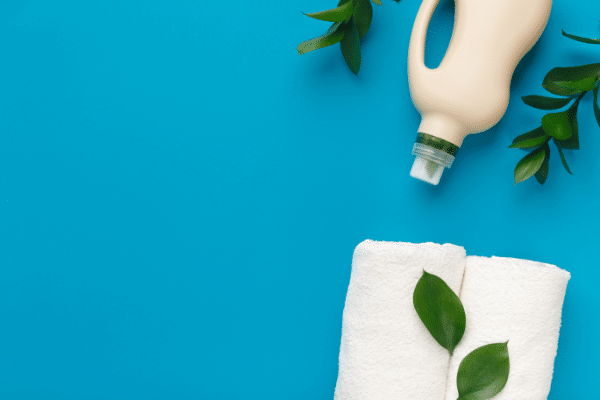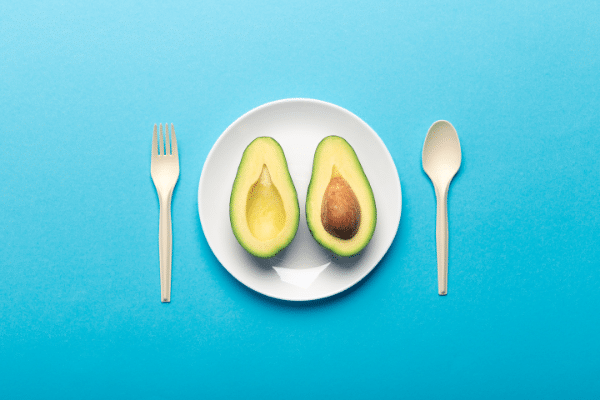Bioplastics are biodegradable materials from renewable sources. Their use is increasing and they offer an excellent alternative to reduce the problem of plastic waste in the environment. In fact, this product is expected to cover the needs of 10% of the European plastics market within 10 years. In this article we explain what bioplastics are and why they are a great industrial solution.
What are bioplastics?
Bioplastics are biodegradable, compostable or recyclable plastics derived from biological substances and not from petroleum. They consist of natural polymers (biopolymers) obtained from agricultural waste, cellulose or potato and corn starch. They are degradable materials, equally resistant as traditional plastic materials and versatile, as they are used in agriculture, the textile industry, medicine and, in particular, in the manufacture of containers and packaging.
What are bioplastics made of?
Today, bioplastics are mainly made from carbohydrate-rich plants such as corn, sugar cane or sugar beet, so-called food crops or first-generation raw materials.
By fermenting these plant raw materials, polyesters such as PHA (polyhydroxyalkanoate) are produced by means of a series of bacterial strains.
Types of bioplastics

Bioplastics are a diverse family of materials with some differences in properties. They can be grouped into the following three main groups:
1. Durable bio-based plastics
Like bio-based polyethylene (PE) and polyethylene terephthalate (PET), they possess properties identical to their conventional versions. These bioplastics are technically equivalent to their fossil counterparts, but what makes the difference is that they can help reduce a product’s carbon footprint. In addition, they can also be recycled.
2. Bio-based, biodegradable and compostable plastics
Such as polylactic acid (PLA), polyhydroxyalkanoates (PHA), polybutylene succinate (PBS) and starch blends. These innovative materials offer solutions with completely new functionalities, such as biodegradability and compostability. PHA in its natural form is similar to kitchen cling film, except that it is a true bioplastic.
In addition, it can be used, for example, in injection molding to build automotive parts among other uses.
3. Fossil resource-based and biodegradable plastics
Such as PBAT and PCL, but which in the future could be produced on a bio-based basis.
Biopolymers are already becoming popular around the world and the European Union is legislating to promote the use of this type of biodegradable plastics and limit the use of traditional fossil fuel plastics.
In addition, along with the increase in the variety of bioplastic materials currently being developed, their properties, such as flexibility, durability, printability, transparency, barrier, heat resistance and gloss, among others, have also been improved.
Biodegradable plastics: a sustainable solution
The bioplastics industry is growing exponentially. In fact, its production capacity is expected to increase by 15 % by 2024.
Since July 1, 2021, many single-use plastic products have been banned in the EU to help combat plastic waste in the sea.
In parallel, several research, design, eco-development projects are being carried out, such as the Bio-plastics Europe project (CE-BG-06-2019), under the title: “Sustainable solutions for bio-based plastics on land and sea”. A multidisciplinary project focused on sustainability strategies, innovative product design and business models that facilitate efficient solutions for reuse, recycling and bioplastics to curb the havoc that traditional plastics are causing to the environment and the oceans.
Currently, there is also another European project, Sealive, based in Valencia and coordinated by the Instituto Tecnológico del Embalaje, Transporte y Logística (ITENE), which is working in the same direction, investing in the research of circular economy strategies, upcycling and bio-based solutions to keep the land and seas alive and free of plastic waste.
The advantages of bioplastics
If so much effort is invested in bioplastics, it is because they provide a number of unquestionable advantages. Many bioplastic polymers are naturally occurring and do not have the carbon footprint of petroleum-based plastics because they do not require petroleum refining for their production. In contrast, the petrochemical components of petroleum-based plastics require a lot of energy to manufacture, releasing a large amount of CO2 during the process.
Common bioplastics, such as PLA and starch-based PHB, are non-toxic and of no health concern. This makes them useful for food packaging, as they do not interfere with the taste of food or leach chemicals.
On the other hand, bioplastics can be injection molded and take the same shape as traditional thermoplastics and in some cases are even stronger and lighter. In addition, bioplastics are more marketable and their use can improve the added value of a product.
In short, bioplastics are one of the materials of the future and Infinitia can help you develop them. Contact our experts in materials innovation and tell us about your project.





